16 Natural Acne Spot Treatments You Can Make at Home
Acne can be frustrating, especially when it appears at the worst times. While there are many over-the-counter treatments, natural remedies can be just as effective and gentle on the skin. If you’re looking for simple ways to treat acne at home, these DIY spot treatments might be the answer. Most of the ingredients are easy to find in your kitchen or local store. From soothing honey and cinnamon to anti-inflammatory green tea, these remedies use natural properties to target acne without harsh chemicals.
This post may contain affiliate links, which helps keep this content free. Please read our disclosure for more info.
Tea Tree Oil and Aloe Vera Gel
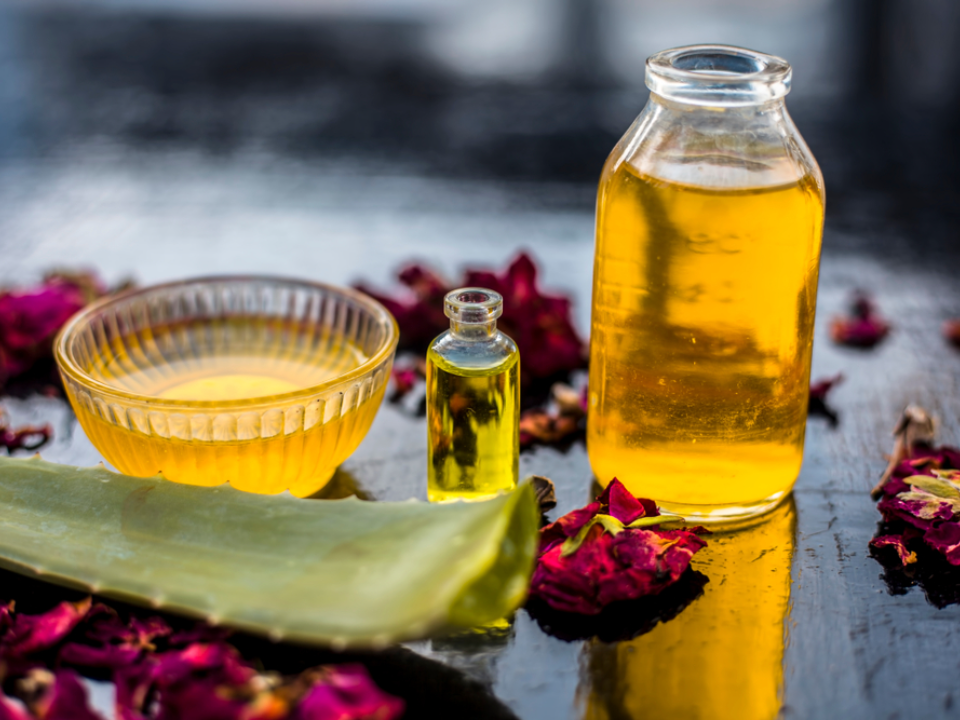
Tea tree oil is known for its antibacterial properties, making it a great solution for treating acne. When combined with aloe vera gel, it creates a soothing mix that helps reduce inflammation and redness. To make this treatment, mix a few drops of tea tree oil with one tablespoon of aloe vera gel. Apply the mixture to the affected areas using a clean cotton swab and leave it on for at least 15 minutes. Afterward, rinse it off with warm water. This treatment can be used once or twice daily for best results.
Tea tree oil fights bacteria, which helps clear up acne faster. Aloe vera, on the other hand, moisturizes the skin and reduces irritation, making it an ideal ingredient for sensitive skin. Always remember to patch-test before applying to avoid any adverse reactions.
Honey and Cinnamon Mask
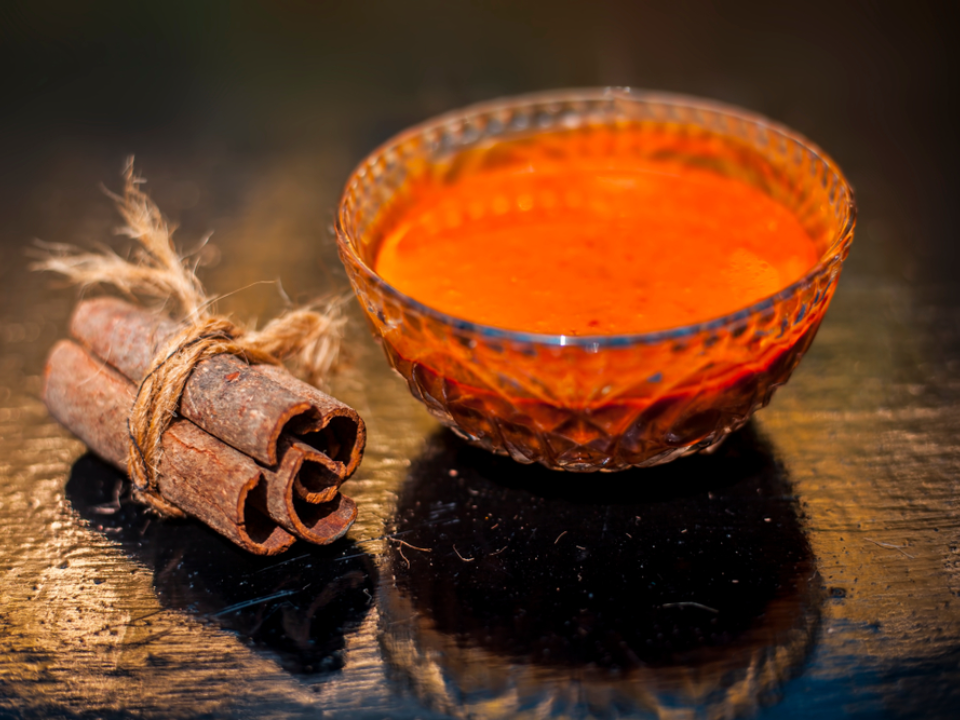
Honey and cinnamon together form a potent anti-inflammatory and antimicrobial treatment for acne. Both ingredients are packed with antioxidants that fight bacteria and reduce skin irritation. To make the mask, mix one teaspoon of cinnamon powder with two teaspoons of honey. Apply this paste to your acne spots and leave it on for about 10 to 15 minutes before rinsing off with lukewarm water. This mask can be applied 2 to 3 times a week for best results.
Honey has natural healing properties and helps the skin retain moisture, which is crucial when dealing with acne. Cinnamon enhances blood circulation, which can encourage faster healing. Use this treatment regularly, but avoid overuse as cinnamon can be strong on the skin.
Green Tea and Honey Spot Treatment
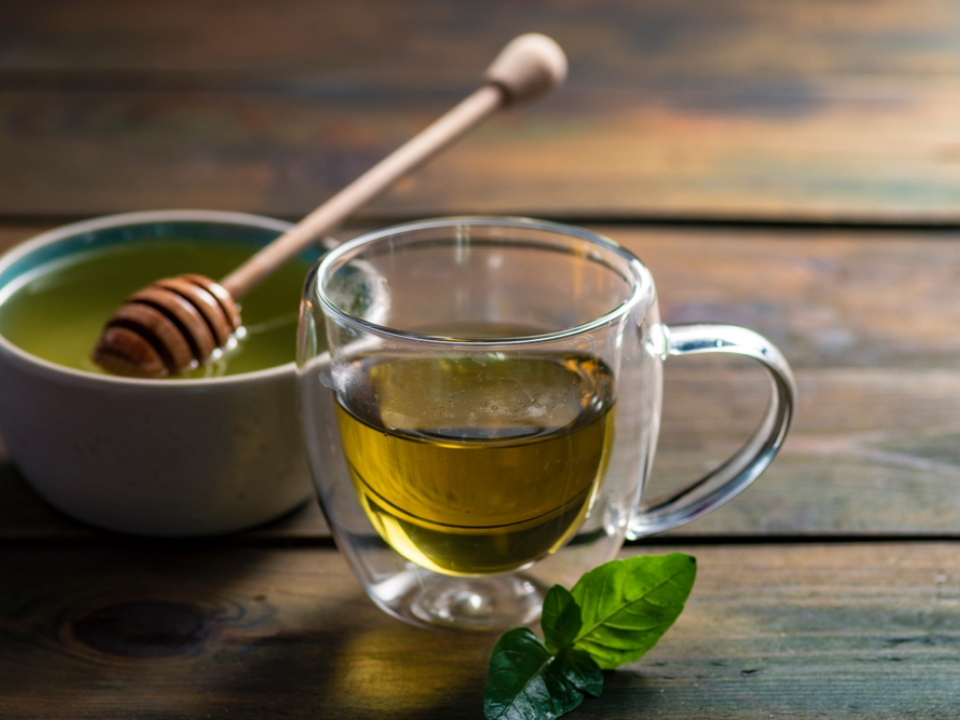
Green tea has proven to be an effective treatment for acne due to its antioxidant and anti-inflammatory properties. Combining it with honey provides both soothing and healing effects. To create this treatment, steep a bag of green tea in hot water for a few minutes, then allow it to cool. Once cooled, dip a cotton ball in the tea and apply it directly to the acne spots. Let it dry, then apply a thin layer of honey over the tea-treated areas. Leave it on for 15 to 20 minutes and rinse off with lukewarm water.
Green tea reduces inflammation and helps control oil production on the skin. Honey locks in moisture and further helps to calm the skin. This treatment is gentle enough for regular use and can be applied once a day.
Lemon and Honey Treatment
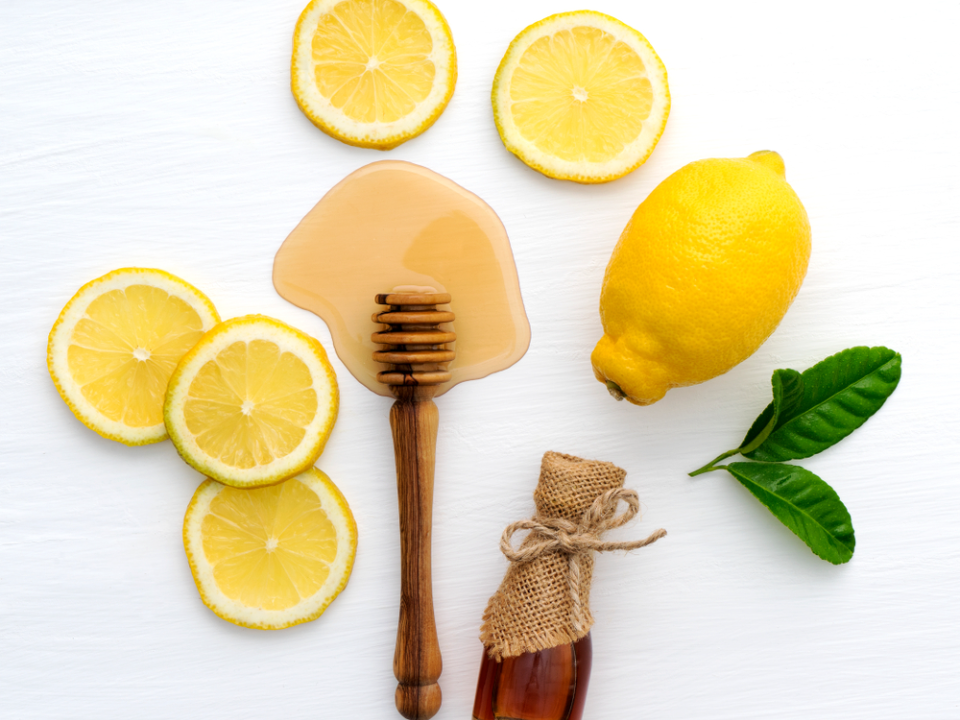
Lemon is known for its natural astringent properties and can help lighten dark spots and reduce the appearance of acne scars. When paired with honey, which is soothing and antibacterial, it creates a balanced treatment for acne. To make this, combine one tablespoon of fresh lemon juice with one teaspoon of honey. Apply the mixture directly to acne spots and leave it on for 10 to 15 minutes before rinsing off. This treatment can be used once daily, but be cautious if you have sensitive skin, as lemon can be drying.
Lemon’s acidity helps to exfoliate the skin and unclog pores, while honey prevents skin irritation and keeps it moisturized. Always wear sunscreen after using this treatment, as lemon juice can increase sensitivity to sunlight.
Apple Cider Vinegar and Water
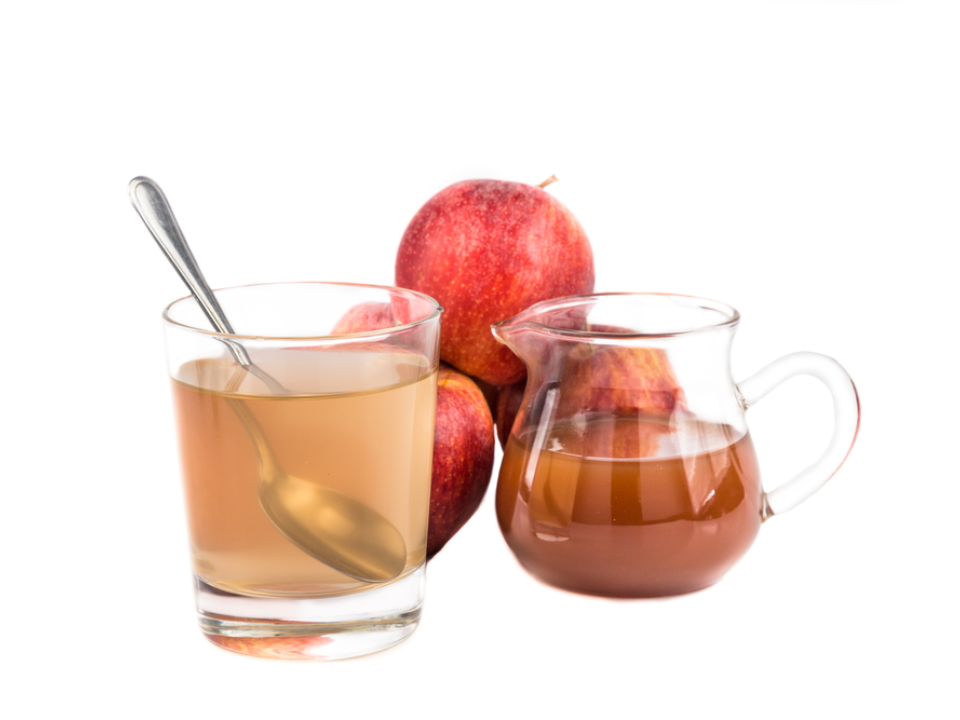
Apple cider vinegar (ACV) is a popular natural remedy for acne due to its antibacterial and exfoliating properties. It balances the skin’s pH levels and helps to clear out clogged pores. To make this treatment, mix one part apple cider vinegar with three parts water. Dip a cotton pad into the mixture and apply it to the acne-affected areas. Let it sit for 5 to 10 minutes, then rinse off with warm water. This remedy can be used once daily.
ACV helps kill bacteria on the skin while reducing oil production, which can prevent new breakouts. Water is essential in diluting the vinegar, as it can be too strong on the skin if used undiluted. If irritation occurs, reduce the vinegar amount or stop use.
Aspirin and Water Paste
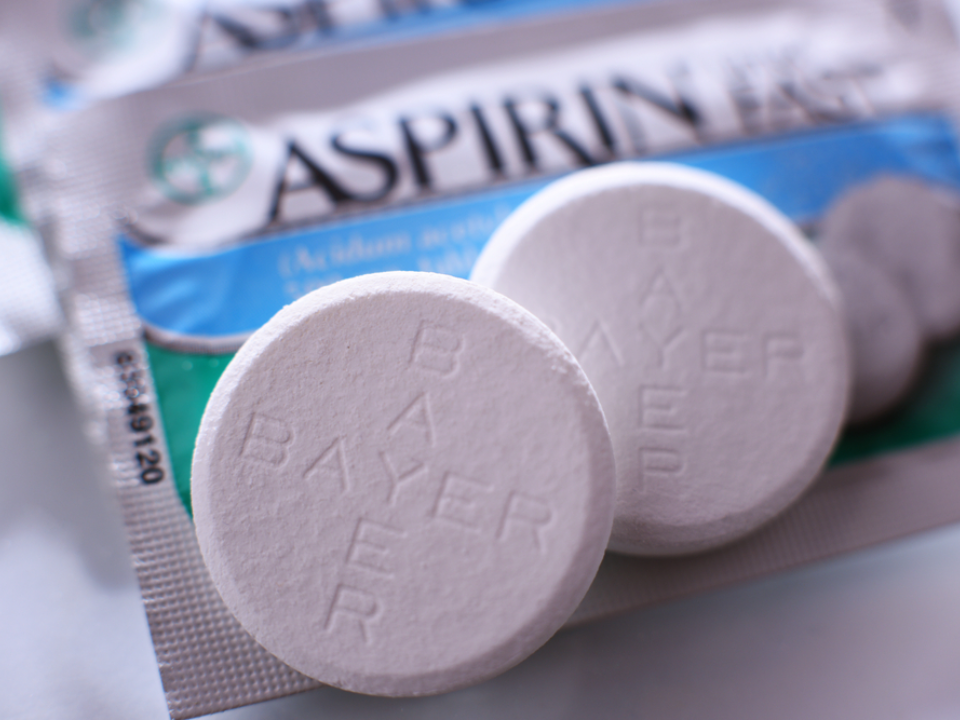
Aspirin contains salicylic acid, which is a common ingredient in many acne treatments. When mixed with water, it forms a paste that can be applied directly to acne spots. To make this paste, crush one aspirin tablet and mix it with a few drops of water until it forms a thick paste. Apply the paste directly to the acne, and leave it on for 10 to 15 minutes before washing it off with warm water. This treatment can be done 1 to 2 times per week.
Aspirin helps to reduce inflammation and promotes the shedding of dead skin cells, which can reduce the formation of new acne. However, it is important to patch-test before using it to ensure there is no allergic reaction.
Witch Hazel and Aloe Vera Gel
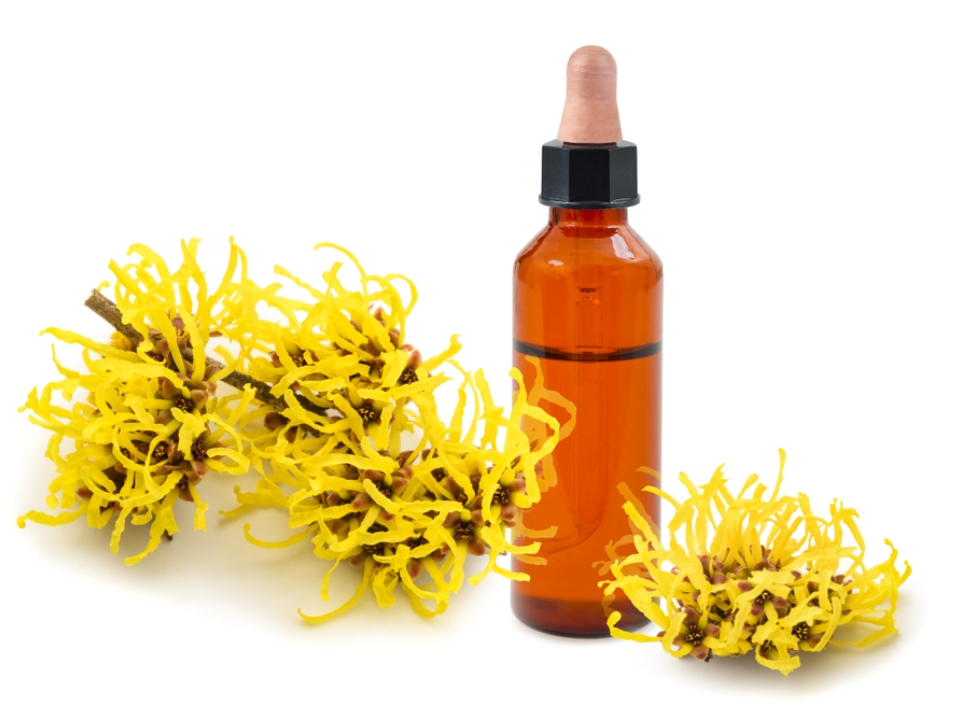
Witch hazel is a natural astringent that helps tighten pores and reduce inflammation, making it effective in acne treatment. When combined with aloe vera gel, which is soothing, it makes a gentle yet effective acne treatment. Mix one tablespoon of witch hazel with two tablespoons of aloe vera gel. Apply this mixture to the affected areas using a cotton pad and leave it on for 15 minutes before rinsing it off. You can use this treatment once or twice daily.
Witch hazel helps to reduce excess oil on the skin, preventing acne from worsening. Aloe vera provides hydration and calms the skin, ensuring the treatment is not too drying. Use this remedy consistently to see the best results.
Turmeric and Milk Paste
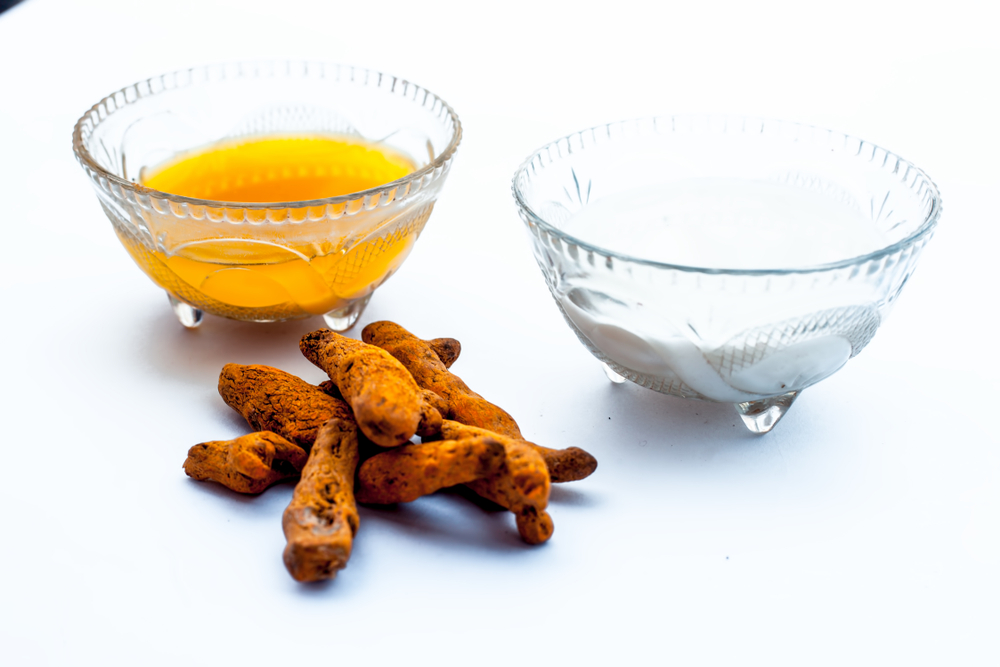
Turmeric is known for its anti-inflammatory and antibacterial properties, making it a great natural remedy for acne. Mixing it with milk helps create a smooth paste that soothes the skin. To create the paste, mix one teaspoon of turmeric powder with a tablespoon of milk to form a paste. Apply the paste to your acne spots and leave it on for 10 to 15 minutes before rinsing off with lukewarm water.
Turmeric helps reduce inflammation and redness, while milk contains lactic acid, which gently exfoliates the skin. This treatment can be used 2 to 3 times per week, but be mindful of the yellow stain that turmeric may leave behind.
Cucumber and Aloe Vera Gel
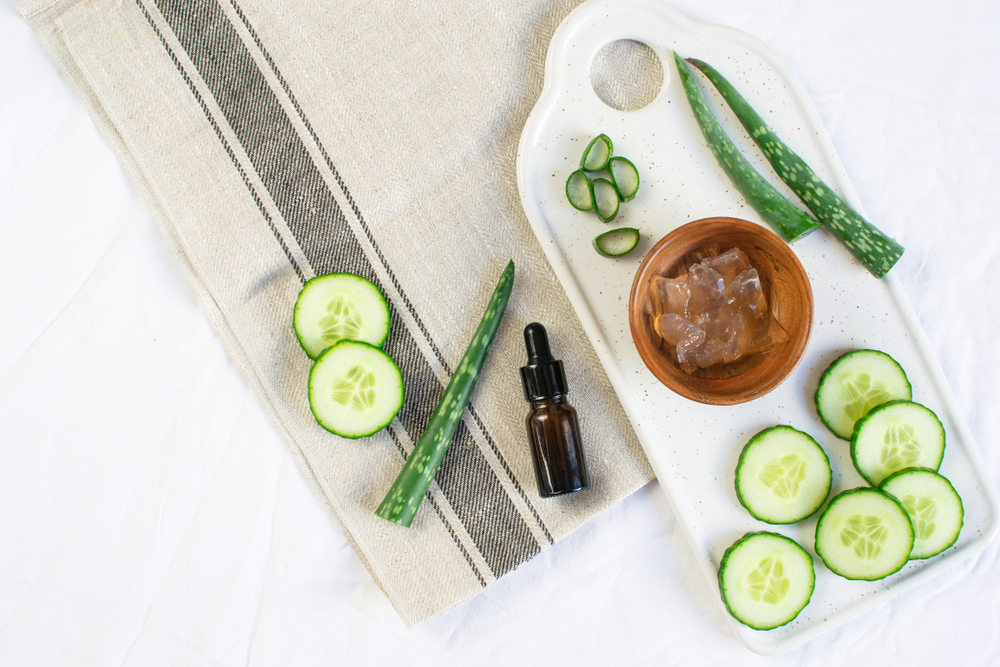
Cucumber is known for its cooling and hydrating effects on the skin, making it ideal for acne treatment. When paired with aloe vera gel, which is soothing and healing, it forms an effective acne spot treatment. To make this treatment, blend one tablespoon of cucumber juice with one tablespoon of aloe vera gel. Apply the mixture to the affected areas and leave it on for 10 to 15 minutes. Rinse it off with cool water.
Cucumber hydrates and refreshes the skin, reducing puffiness and irritation. Aloe vera promotes healing and soothes the skin, making this treatment gentle enough for sensitive skin. You can use this treatment once or twice daily for relief.
Baking Soda and Water Paste
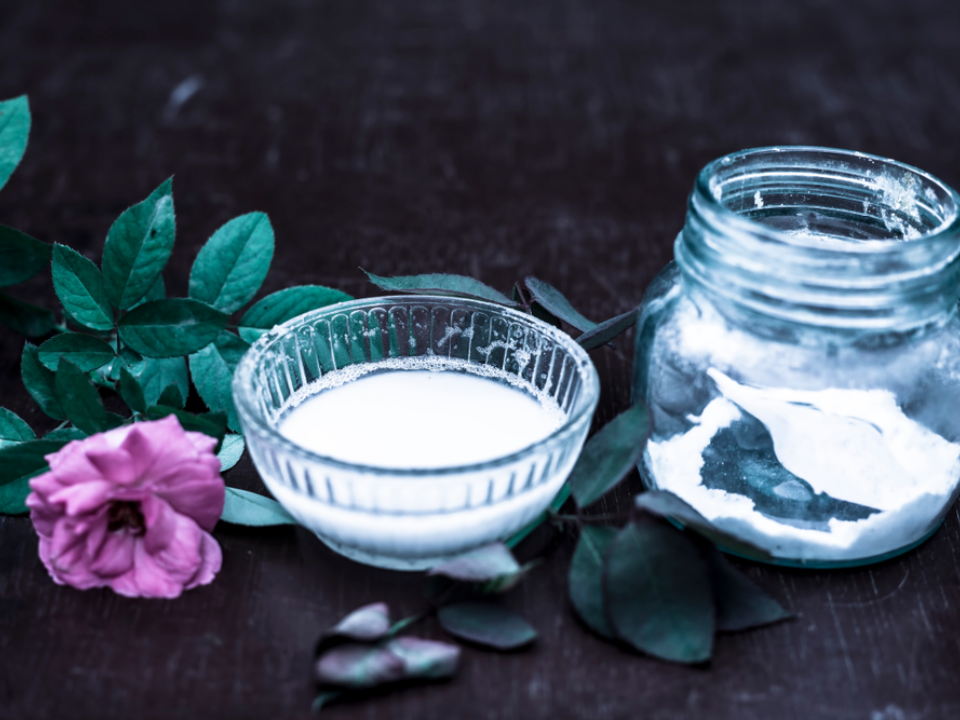
Baking soda works as a gentle exfoliant and helps to neutralize acids on the skin, which can reduce acne. Mixing it with water forms a paste that can be applied directly to acne spots. To create this paste, mix one teaspoon of baking soda with a few drops of water until a thick paste forms. Apply the paste to the acne spots and leave it on for 10 minutes before rinsing it off with warm water.
Baking soda helps absorb excess oil and remove dead skin cells, which prevents clogged pores. However, it can be drying, so it is important to moisturize after using this treatment. Apply this remedy once or twice a week for the best results.
Avocado and Honey Mask
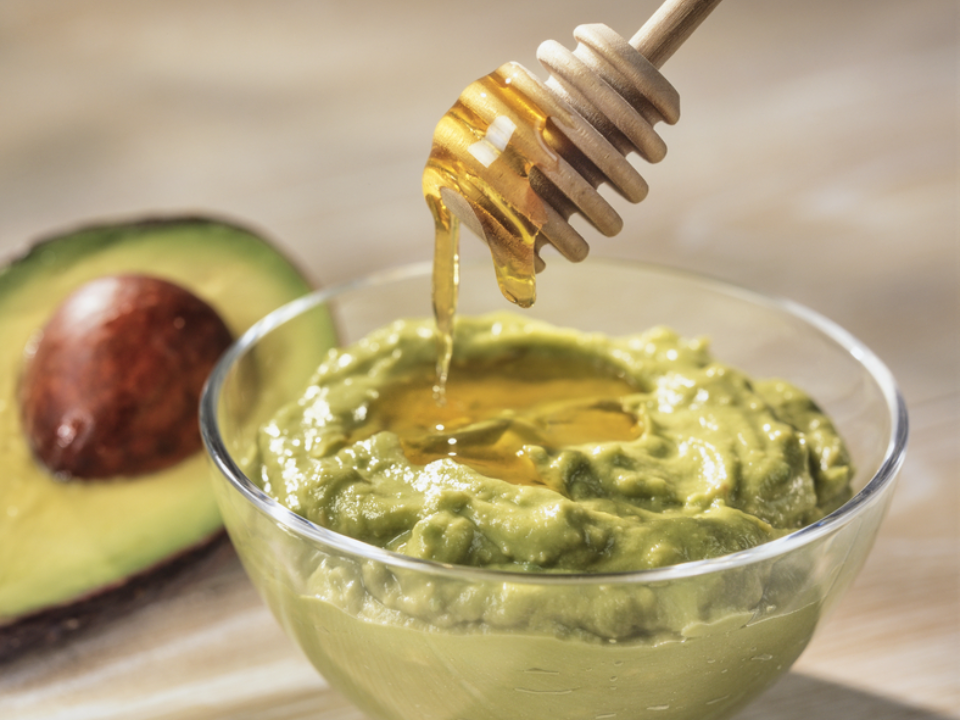
Avocado is packed with vitamins and antioxidants that nourish the skin and fight inflammation. Combined with honey, it creates a moisturizing and antibacterial mask ideal for acne treatment. To make the mask, mash half an avocado and mix it with one tablespoon of honey. Apply the mask to the face and leave it on for 15 to 20 minutes before rinsing it off with warm water.
Avocado hydrates the skin and helps to repair damage caused by acne, while honey reduces bacteria and locks in moisture. This treatment is ideal for dry, acne-prone skin. Use it once or twice a week for soothing relief.
Coconut Oil and Tea Tree Oil
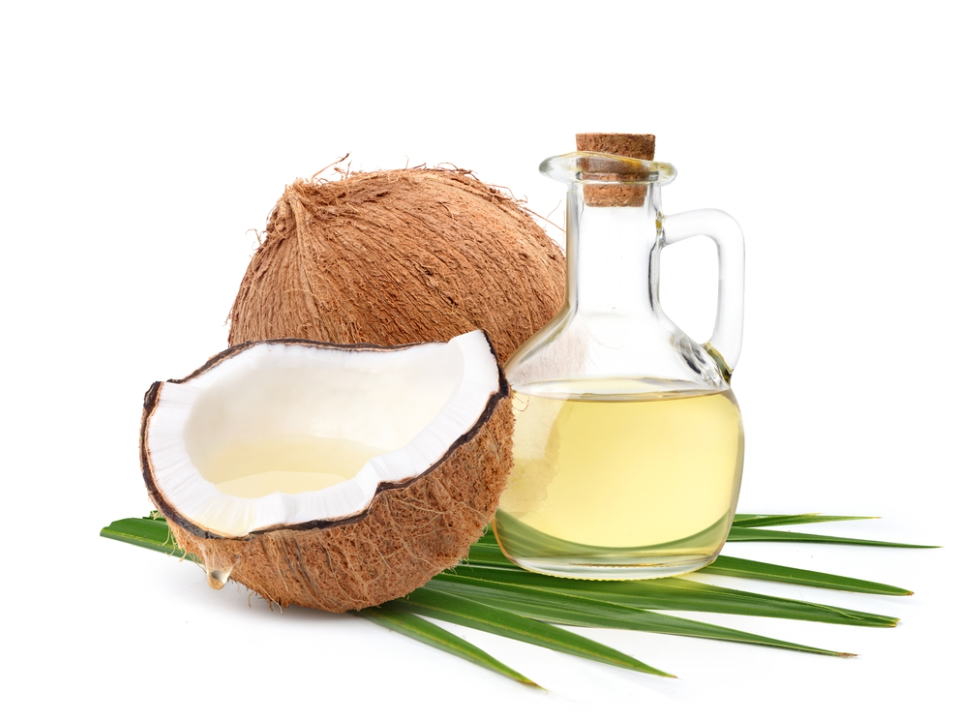
Coconut oil is known for its antimicrobial and moisturizing properties, which can help soothe the skin and prevent acne. When combined with tea tree oil, it makes an effective acne treatment. To make this remedy, mix one tablespoon of coconut oil with a few drops of tea tree oil. Gently massage the mixture into the acne spots and leave it on overnight. In the morning, wash it off with lukewarm water. This treatment works well for dry, acne-prone skin. Apply it once a day for best results.
Coconut oil helps to deeply hydrate the skin and fight bacteria, while tea tree oil fights the underlying causes of acne. However, if you have oily skin, use this treatment sparingly, as coconut oil can be heavy.
Papaya and Honey Mask
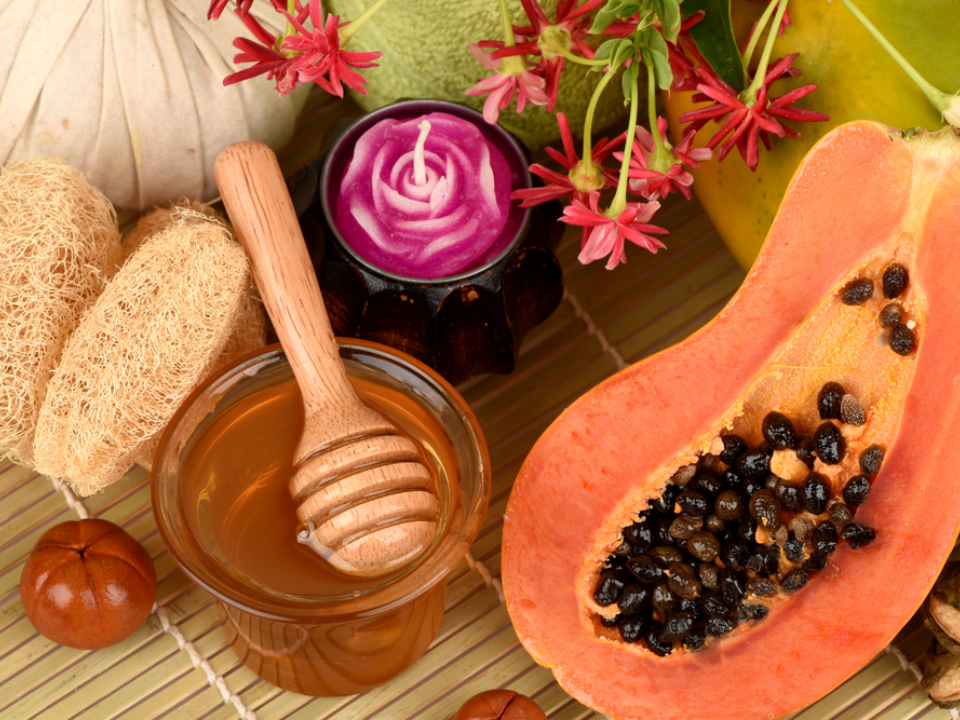
Papaya contains enzymes that help exfoliate the skin and reduce acne scarring. When paired with honey, which has antibacterial properties, it creates a soothing mask that can improve acne over time. To make the mask, mash a small amount of papaya and mix it with one teaspoon of honey. Apply the mixture to your face, focusing on acne spots, and leave it on for 15 minutes before rinsing it off. This mask can be used once or twice a week.
Papaya’s natural enzymes remove dead skin cells, while honey heals and calms the skin. This treatment also provides gentle hydration, leaving your skin feeling soft and smooth.
Mint and Honey Treatment
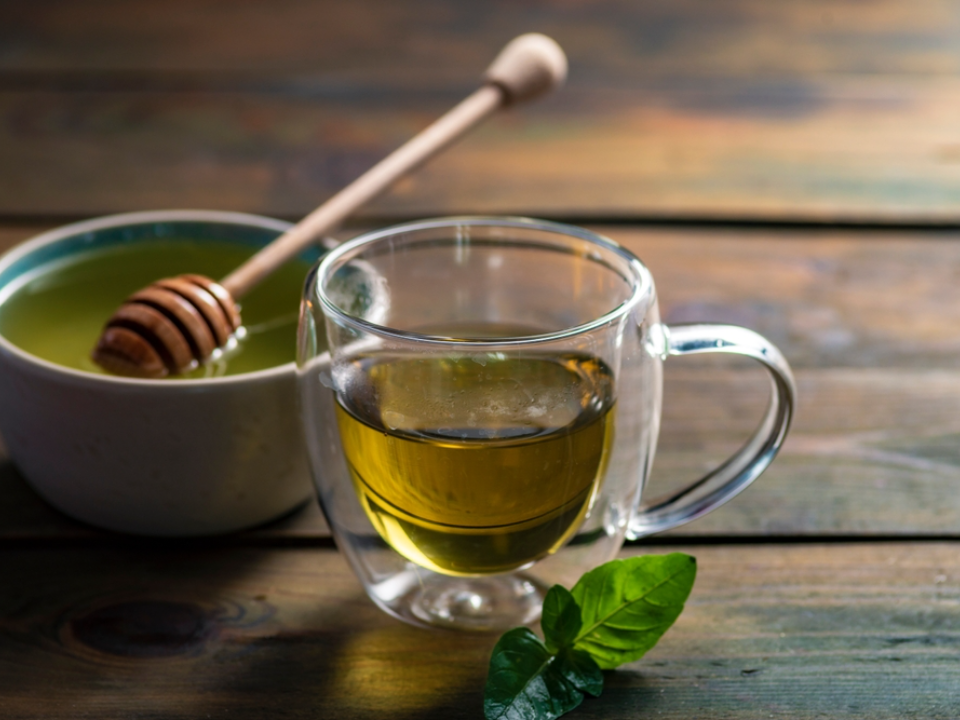
Mint contains menthol, which has a cooling effect on the skin and helps reduce acne inflammation. When combined with honey, it helps to fight bacteria and keep your skin hydrated. To make this treatment, crush a few fresh mint leaves and mix them with one tablespoon of honey. Apply the mixture to your acne spots and leave it on for about 15 minutes before rinsing it off with warm water. This treatment can be used once or twice a week.
Mint soothes the skin and reduces redness, while honey works as an antibacterial agent to fight acne. Together, they create a refreshing and effective remedy for acne.
Garlic and Honey Paste
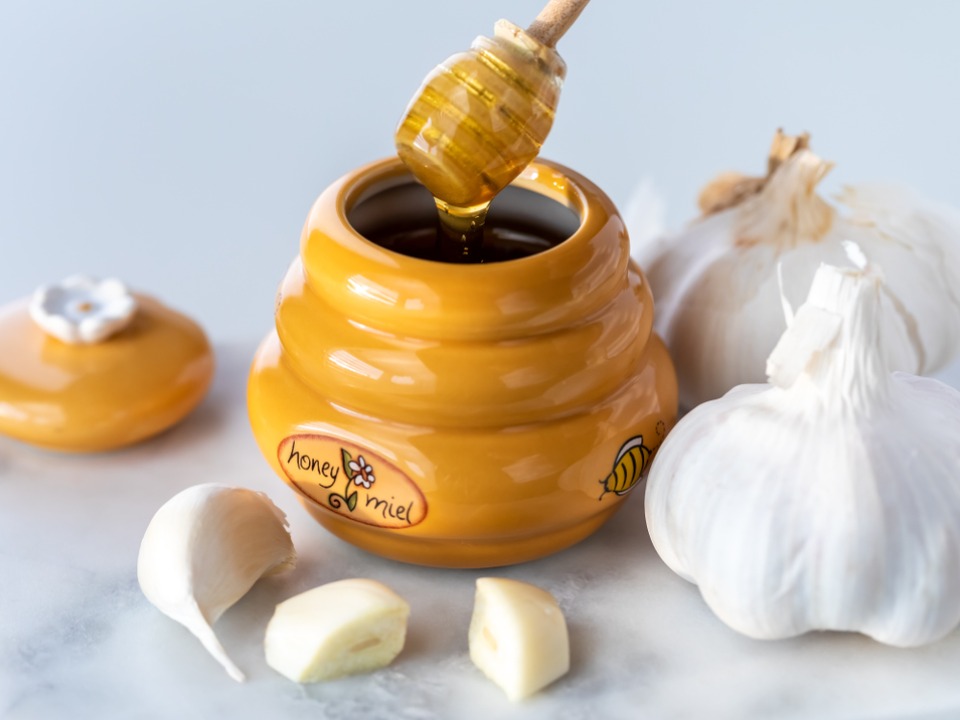
Garlic contains sulfur and allicin, which are known for their antibacterial and anti-inflammatory properties. These properties make garlic a great addition to an acne treatment. To make the paste, crush one clove of garlic and mix it with one teaspoon of honey. Apply the paste to your acne spots and leave it on for 10 to 15 minutes before rinsing it off with warm water. This treatment can be done 2 to 3 times a week.
Garlic helps kill bacteria that cause acne, while honey keeps the skin moisturized and reduces irritation. However, be careful not to leave the garlic paste on for too long, as it can be strong for sensitive skin.
Strawberry and Honey Mask
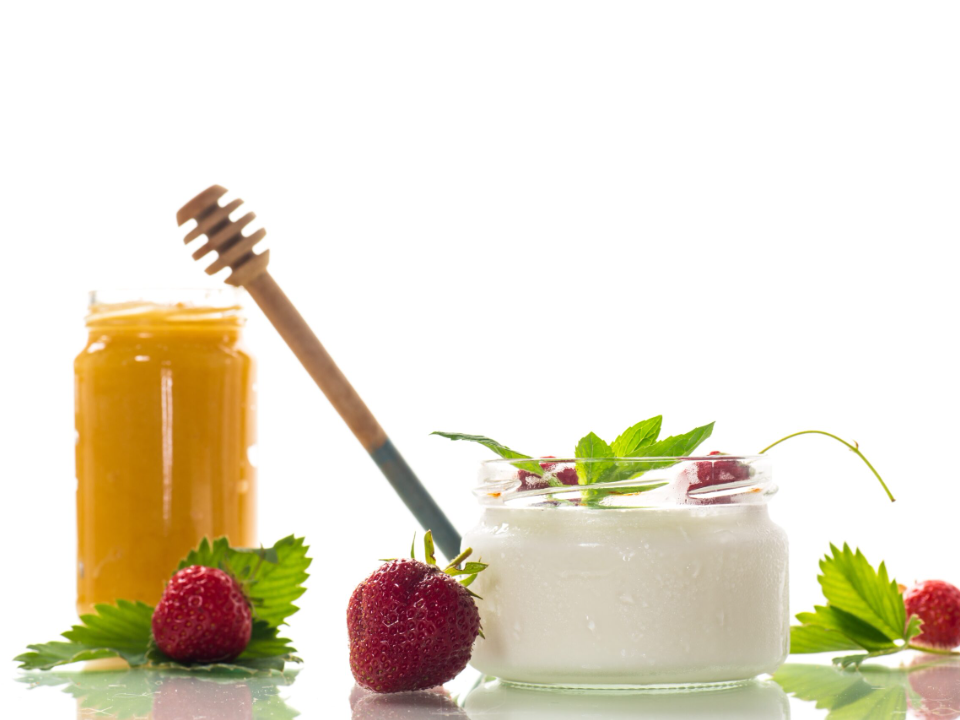
Strawberries are packed with antioxidants, which can help reduce acne and improve the overall health of your skin. When mixed with honey, which has soothing and antibacterial effects, they create a great treatment for acne. To make the mask, mash a few fresh strawberries and mix them with one teaspoon of honey. Apply the mixture to your acne spots and leave it on for 15 to 20 minutes before rinsing it off with warm water. This mask can be applied once or twice a week.
Strawberries contain salicylic acid, a common ingredient in acne treatments, which helps reduce inflammation and exfoliate the skin. Honey hydrates and protects the skin, making this a gentle yet effective acne remedy.
This article originally appeared on Avocadu.
